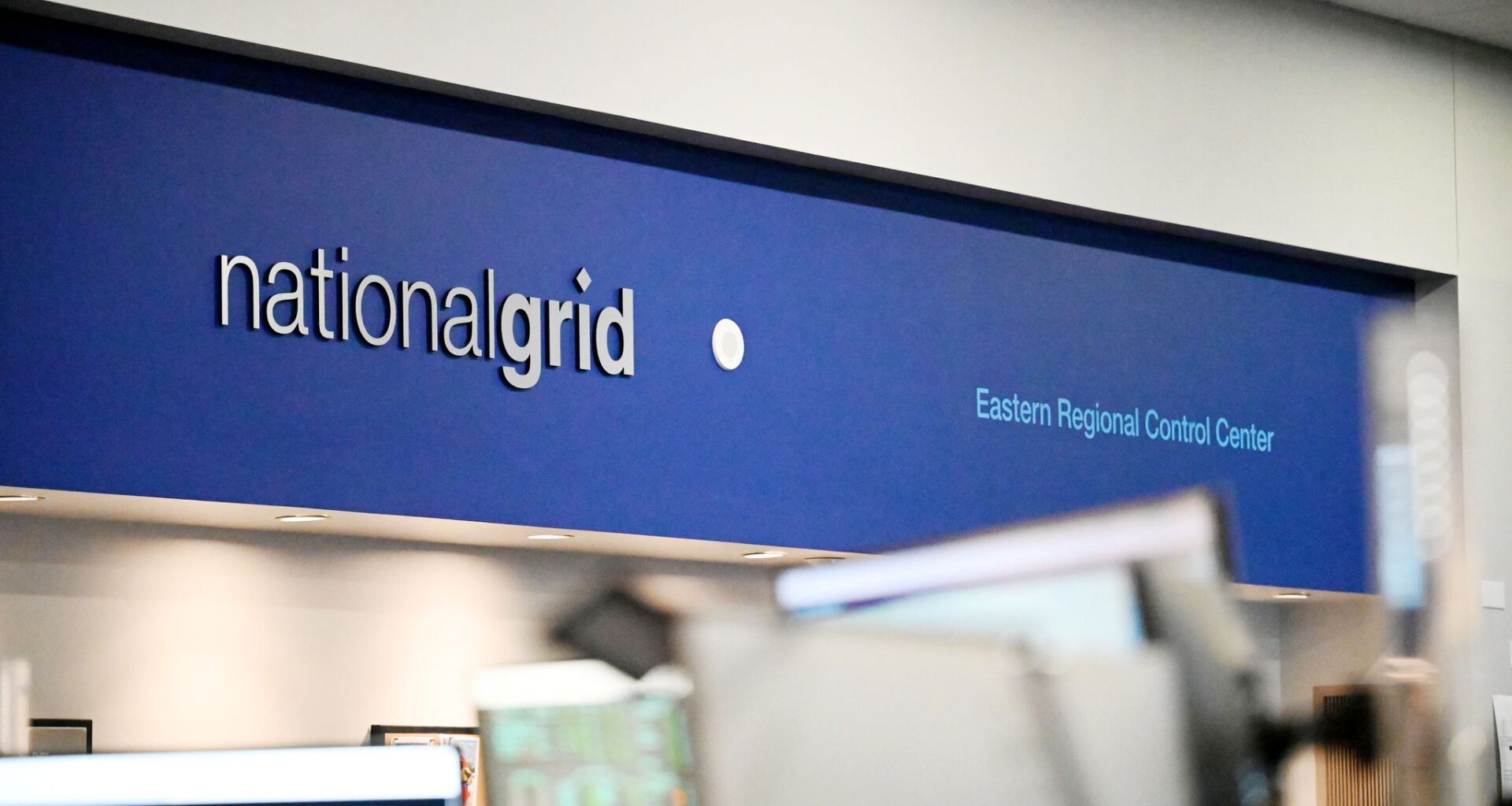A recent utility rate hike and the increasing cost of natural gas will lead to higher heating bills this winter for Capital Region residents.
Will Waldron/Times Union
National Grid and other utility companies are investing billions into New York’s aging gas infrastructure.
Will Waldron/Times Union
Winter energy costs can further increase in the event of severe weather.
Will Waldron/Times Union
ALBANY — National Grid’s natural gas customers will pay about $13 a month more for home heating this winter, the energy company announced this week.
The average monthly heating bill between November and next March will be around $145 for natural gas users, roughly a 10% increase from last year. Many of those customers are already reeling from heat-wave driven increases in this year’s summer electric bills. National Grid also started implementing higher rates last month after state regulators approved its three-year spending plan.
Article continues below this ad
The cost of electricity, which is being used to heat an increasing number of homes, isn’t expected to significantly rise over the winter, National Grid spokesman Patrick Stella said. The cost of fuel oil largely remains in line with the price of natural gas, according to Energy Information Administration data, so those customers could also see increases.
Supply and delivery costs are the two main components of heating bills. Supply — the cost of the natural gas — is expected to be $65 a month this winter for the average residential National Grid customer, about a $3 increase from last year, according to the company. Gas has been more expensive this year because an increasing amount of domestic supply is being exported to other countries, leading to rising prices in the U.S., the Energy Information Administration reported earlier this year.
Even with recent increases, gas prices are at historically low levels, said Richard Meyer, a vice president at the American Gas Association. The cost of gas is less than half of what it was in 2022, when the Ukraine war led to widespread shortages. National Grid doesn’t make money selling natural gas; the company charges consumers what they pay for it with no markup.
“The U.S. has never had a larger potential supply of natural gas in its history,” Meyer said. Domestic gas production has more than doubled over the last two decades, according to the Energy Information Administration.
Article continues below this ad
At the same time, demand has grown precipitously from the onshoring of manufacturing and large energy users like data centers, underlining the need for updated infrastructure to reliably deliver gas.
“The central challenge is not supply, but really infrastructure and ensuring that we have the pipelines, storage and permitting to keep up with growing demand,” Meyer said.
Two-thirds of New York’s gas mains were built before 2000, with many dating to the 1960s, according to Pipeline and Hazardous Materials Safety Administration data.
Operating and improving that system make up the delivery portion of bills. Average National Grid gas customers will spend $80 a month on the delivery of their energy, about a $10 increase from last winter.
Article continues below this ad
The company’s recently approved utility rate hike, which authorized $1 billion in spending on gas infrastructure, is largely responsible for the increase, said Kellie Smith, National Grid’s director of pricing for New York.
The forecast for heating bills is just “a snapshot in time” based on anticipated supply and weather conditions, said Alberto Bianchetti, National Grid’s regional director for external affairs. Actual bills may fluctuate with extreme weather events or supply shortages, Bianchetti added.

